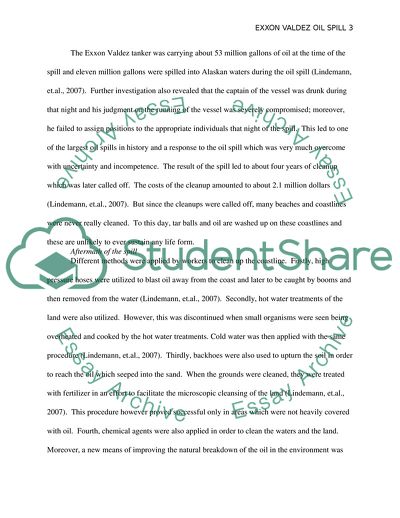Cite this document
(Exxon Valdez Oil Spill Coursework Example | Topics and Well Written Essays - 1750 words, n.d.)
Exxon Valdez Oil Spill Coursework Example | Topics and Well Written Essays - 1750 words. https://studentshare.org/environmental-studies/1758917-exxon-valdez-oil-spill
Exxon Valdez Oil Spill Coursework Example | Topics and Well Written Essays - 1750 words. https://studentshare.org/environmental-studies/1758917-exxon-valdez-oil-spill
(Exxon Valdez Oil Spill Coursework Example | Topics and Well Written Essays - 1750 Words)
Exxon Valdez Oil Spill Coursework Example | Topics and Well Written Essays - 1750 Words. https://studentshare.org/environmental-studies/1758917-exxon-valdez-oil-spill.
Exxon Valdez Oil Spill Coursework Example | Topics and Well Written Essays - 1750 Words. https://studentshare.org/environmental-studies/1758917-exxon-valdez-oil-spill.
“Exxon Valdez Oil Spill Coursework Example | Topics and Well Written Essays - 1750 Words”. https://studentshare.org/environmental-studies/1758917-exxon-valdez-oil-spill.


